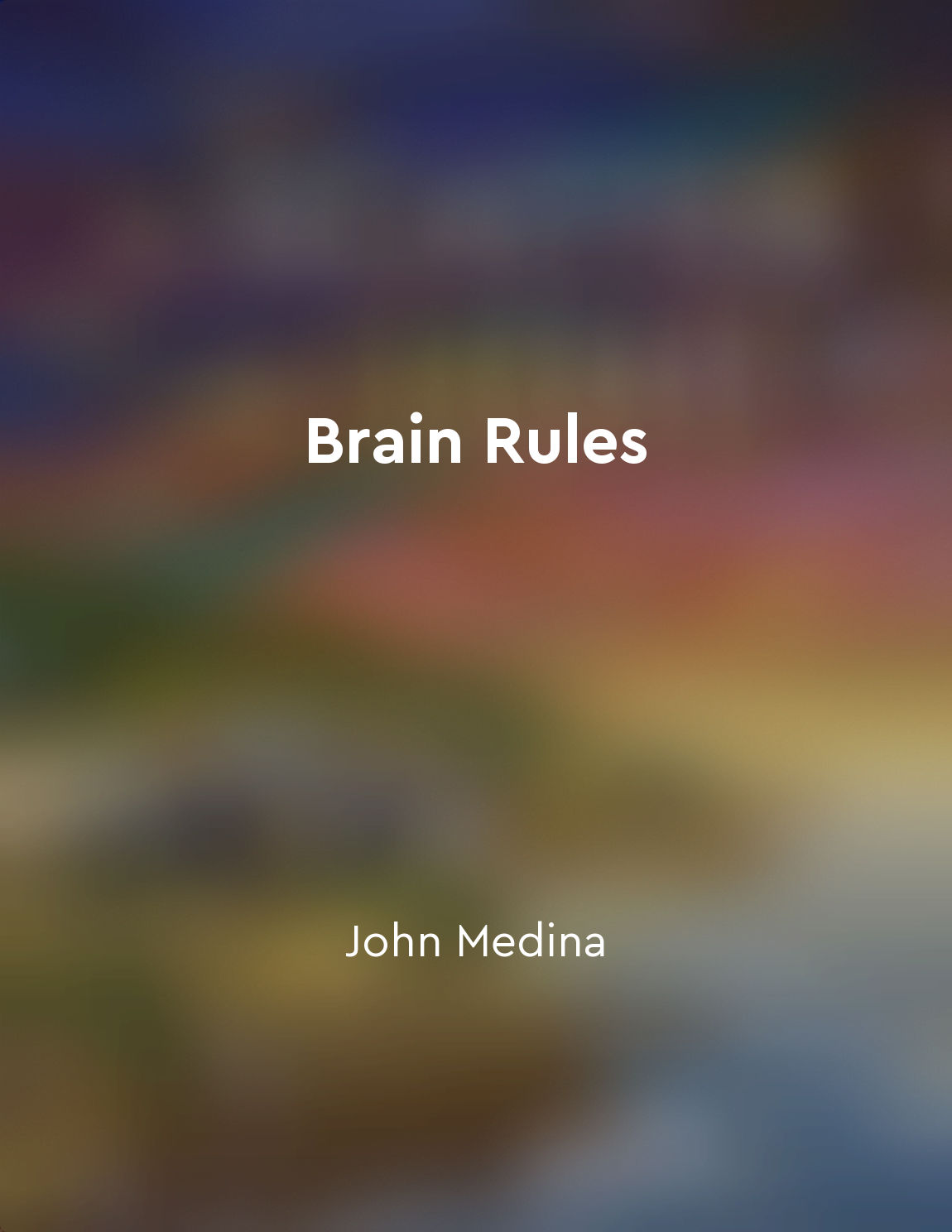Brain circuits integrate from "summary" of Discovering the Brain by National Academy of Sciences,Institute of Medicine,Sandra Ackerman
The brain is a complex network of interconnected circuits that work together to process information and generate responses. These circuits are made up of neurons that communicate with each other through electrical and chemical signals. When we experience something, such as seeing a familiar face or hearing a loud noise, different brain circuits are activated to help us make sense of the situation. Each brain circuit is responsible for a specific function, such as processing visual information or controlling movement. However, these circuits do not work in isolation – they are interconnected and work together to integrate information from different sources. This integration allows the brain to generate a coordinated response to the stimuli it receives. The process of integration is essential for the brain to function properly. It allows different brain regions to communicate with each other and coordinate their activities to produce a unified response. For example, when we see a red traffic light, multiple brain circuits are activated to process the visual information, recognize the meaning of the light, and initiate the appropriate response to stop the car. Integration also allows the brain to adapt to new information and experiences. When we learn something new, such as a new language or a new skill, our brain circuits reorganize and form new connections to incorporate this information. This process of synaptic plasticity is essential for learning and memory.- The concept of brain circuits integrating highlights the interconnected nature of the brain and the importance of communication between different regions for processing information and generating responses. By working together, these circuits enable the brain to perform complex functions and adapt to changing environments.
Similar Posts
Emotions play a crucial role in decisionmaking
David Brooks delves into the intricate relationship between emotions and decision-making, shedding light on how our emotional r...

Positive reinforcement is key to fostering development
Positive reinforcement is essential for encouraging growth and development in individuals, especially in the realm of education...

Chunking information can make it easier to remember
When we talk about remembering information, one key strategy that can significantly help us is chunking. Chunking is essentiall...

You cannot multitask
Our brains are not capable of performing multiple tasks simultaneously. This is a common misconception that many of us have, bu...

The human body is made up of multiple systems
The human body is a complex organism that is composed of various systems working together to maintain homeostasis. Each system ...
Cultivate a growth mindset in your child
Encouraging a growth mindset in your child is a crucial aspect of their development. This mindset involves the belief that abil...
We are natural explorers
Humans are natural explorers. Our brains have evolved to constantly seek out new information and experiences. This drive for ex...

